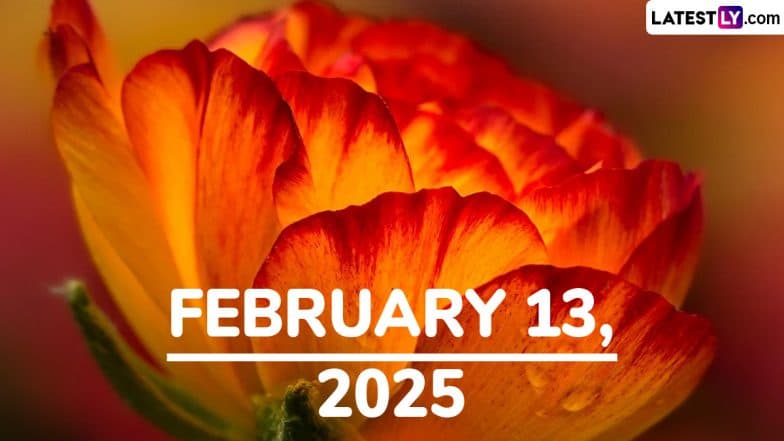On July 17, personal finance company WalletHub published a study that highlighted the US states with the most financially insecure residents. The research, titled “States with the Most People in Financial Distress,” compared 50 states using nine critical criteria in six categories. The categories examined in the study included:
- Average credit score
- People with accounts in distress
- Average number of accounts in distress
- Change in number of bankruptcy filings (March 2024 vs. March 2023)
- “Debt” search interest index
- “Loans” search interest index
“Our data set includes factors like the average credit score, the change in the number of bankruptcy filings between March 2023 and March 2024, and the share of people with accounts in distress,” WalletHub stated.
Michigan Tops the List
In the first quarter of 2024, WalletHub found that Michigan had the highest number of accounts per person in financial distress, defined as accounts where the holder was temporarily allowed to not make payments due to financial difficulty. Consequently, Michigan was identified as the most financially distressed state.
According to the study, “Michiganians also had the second-highest increase in the share of people with distressed accounts between Q1 2023 and Q1 2024, at over 70 per cent.”
Further compounding the issue, Radio WCMU revealed a report that nearly 2 million Michigan households cannot afford basic needs like housing, food, and healthcare. This alarming statistic underscores the severity of financial distress in the state, contributing to its top ranking in WalletHub’s study.
Texas Struggles Despite Economic Size
Despite its $2.4 trillion economy, Texas also ranked high on the list of financially distressed states. WalletHub noted that Texans “are having a number of economic struggles, which are demonstrated by the fact that residents had the third-lowest average credit score in the country in Q1 2024.”
“Texans also search Google for ‘debt’ and ‘loans’ at a high rate, which shows that many people are desperate to borrow, despite already owing money,” the report added.
Texas experienced a 10% increase in the number of bankruptcy filings from March 2023 to March 2024, further highlighting the economic challenges faced by its residents.
Expert Insights and Findings
According to WalletHub analyst Cassandra Happe, “Measuring the share of residents in financial distress is a good way to take the pulse of a state and see whether people are generally thriving or having trouble making ends meet.”
“When you combine data about people delaying payments with other metrics like bankruptcy filings and credit score changes,” Happe added. “It paints a good picture of the overall economic trends of a state.”
WalletHub’s comprehensive study also highlighted that states with the highest financial distress were more likely to see increased search interest in terms such as “debt” and “loans.” This indicates that residents in these states are actively seeking ways to manage their financial burdens, whether through borrowing or other means.
Interestingly, while Michigan and Texas topped the list, the Southeast region overall showed a higher concentration of financially distressed residents. States such as Georgia, Louisiana, and Mississippi also ranked high, reflecting broader regional economic challenges. Conversely, states in the New England area, including Massachusetts and Vermont, and the Midwest, like North Dakota and Minnesota, exhibited lower levels of financial distress, suggesting more stable economic conditions in these regions.
Least To Most Financially Distressed States
According to WalletHub’s ranking, the following US states have the least to the most financially distressed residents:
50. New Hampshire
49. Iowa
48. Connecticut
47. Vermont
46. Wisconsin
45. Nebraska
44. Maine
43. Kansas
42. Oregon
41. Wyoming
40. Massachusetts
39. Hawaii
38. Pennsylvania
37. New Mexico
36. Montana
35. Utah
34. Alaska
33. Virginia
32. New Jersey
31. Arkansas
30. Colorado
29. Minnesota
28. Indiana
27. Ohio
26. California
25. Idaho
24. Washington
23. North Dakota
22. Maryland
21. Missouri
20. Illinois
19. West Virginia
18. Arizona
17. Alabama
16. Delaware
15. South Dakota
14. Kentucky
13. Florida
12. Oklahoma
11. South Carolina
10. New York
9. Mississippi
8. North Carolina
7. Louisiana
6. Georgia
5. Rhode Island
4. Tennessee
3. Nevada
2. Texas
1. Michigan







